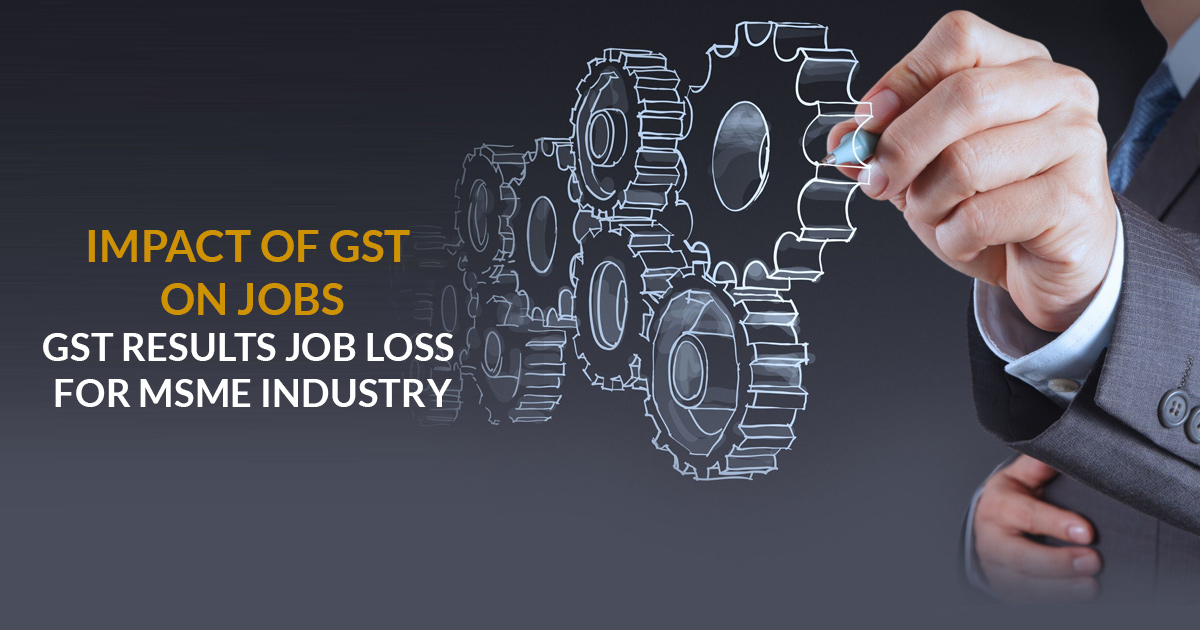GST was introduced on the fortnight of 1 July 2017. Little did the Government knew that it was the beginning of the shutdown for a big number of small and medium enterprises (especially power loom and textile). While it would be unfair to pin down the blame on the current government only as the seed’s for GST were down by the erstwhile UPA government at the center. Hence more than intent the great question should be asked of the execution of India’s so-called biggest economic reform post Independence era.
Contents
India’s pre-GST Economy Reforms
To summarize India’s economy in a few paragraphs would be a difficult and unjustified attempt. However, it would be fair to say that India’s economy has grown from periodical leap-moves. GST is not the first great big step towards a more unified economy. In Fact, it would be fair to say that GST was the best catalyst towards that economy. Prior to GST, during the first 50 years of Independence from Colonial powers, India was witness to a few very big economic reforms. They are listed below in the order of their occurrence:
- Nationalisation of banks (Banking Reforms): 1969
- Abolishing Privy Purse in India: 1971
- End of Licence Raj & Economic liberalization: 1991
- Black Money Bill: May 2015
- GST Constitutional Amendment Bill: August 3, 2016
- Demonetisation of ₹500, ₹1000: November 8, 2016
GST still has unkept promises. From Black Money to digitalization, the GST after effects that were promised from the Central Hall of the parliament is yet to be realized. For the time being, what we see unfold before our eyes a declining SME sector with fast rate unemployment. What triggered this Job Loss?… Here’s a closer look on GST and Job Loss.
The Reasons for GST Whip on SME
The textile industry has been one that has bore majority of the brunt for hasty GST implementations. The story of the textile industry is one that strikes a common chord across most if not all SME sector. Some of the key impending GST shortcomings that negatively impacted these enterprises include:
A tax reform for the educated: Most dealers and workers in the SME sector are not schooled or at most limited to sub-secondary levels. Hence, getting their head around the new Tax norms from day 1 as well as keeping up with the early stage compliance web proved too much for too many.
GST mandates tax collections at each stage of the production. This is one paramount factor which grants GST its inherent transparency. This has also been a major curtain puller for small-scale enterprises like power looms which have failed miserably to keep up the pace with the compliance demands.
Hiring Accountants was never a feasible alternative for most dealers post demonetization. The looming capital crunch, as well as the constant amendments, drove businesses out of operations. Sales orders have been canceled across industry verticals.
Moreover, if too many and frequent changes in tax rate and rules were not enough to halt business operations, the delays in tax claims owing to GSTN glitches and other issues was the final nail in the coffin for some business.
Some of the industries which have registered major GST impact are Readymade garments, gems and jewelry, leather, handicraft, and basic machinery manufacturing. The total count for close businesses owing to capital crunch and growing compliance burden stands at 230,000. This has lead to a wave of job losses in the SME Sector.
Job Losses and GST
In August 2018 India’s unemployment rate stood at 6.4 percent. This was an increase of more than 2% from July last year. Nearly 17 million people joined India’s workforce last year. Hence, data cements the fact that the rate of unemployment is greater than that of employment during the period.
All India Trade Union Congress (AITUC) claims that nearly 12 million small businesses have witnessed a steep fall in profits since GST rollout. This in return affects employment. Most SME companies have laid off thousands of low-income workers. Hence, GST has been some sort of a double sword for SME owners and workers.
The Way Ahead
A positive move ahead would be preparing a national register of SME business owners and workers who have shut down business and lost jobs in the last year. The government must put in place a proper reskilling program that trains people with digital technology and its effectiveness in tax reforms. Unless doing so we can expect a huge Indian Unemployable Population in the coming years.






